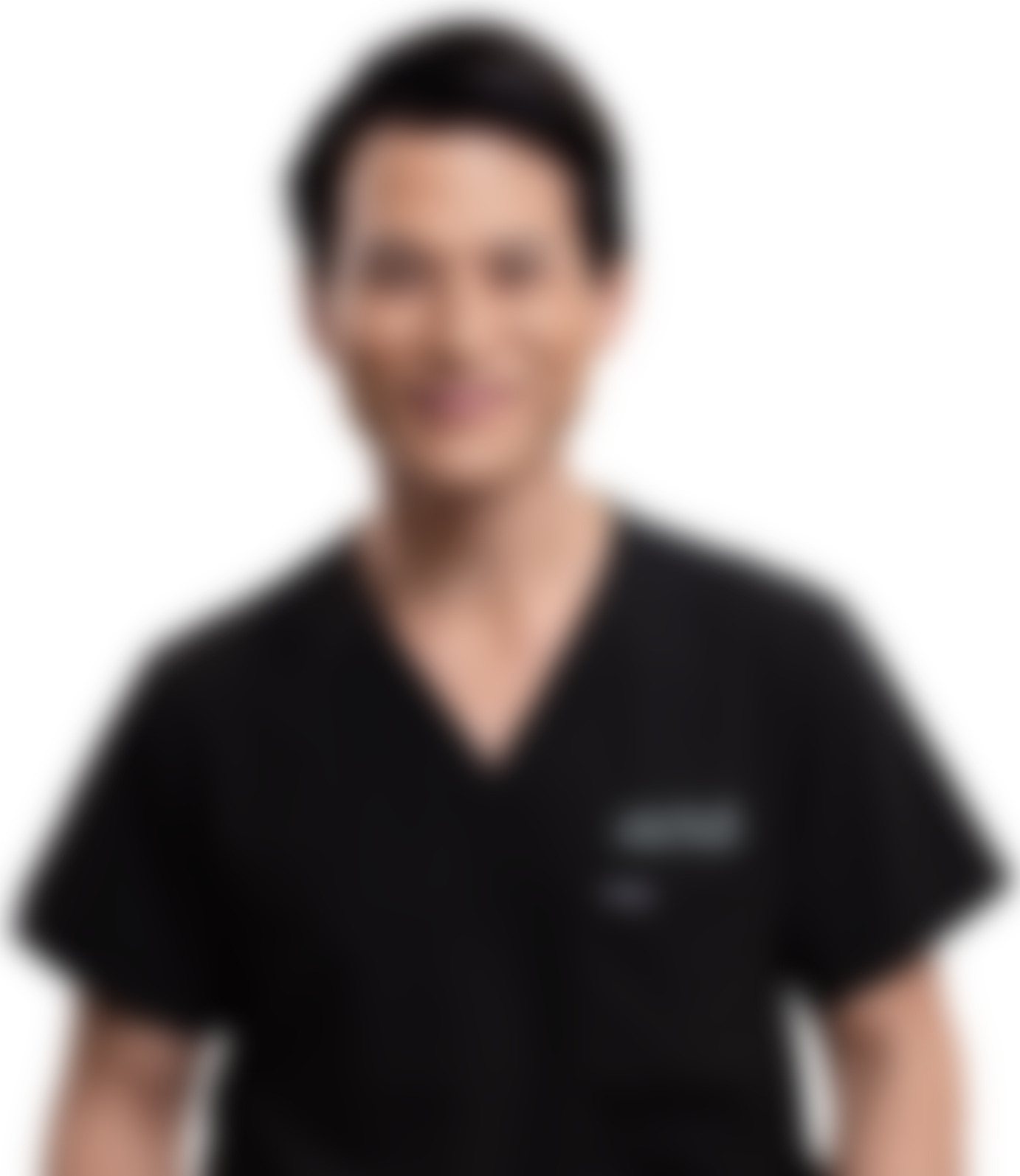Breast Implant Incisions: What You Should Know
UpdatedBreast implants are an excellent way to replace lost volume, correct underdevelopment, and get the proportionate figure you want. However, implants mean surgery and surgery brings up questions about techniques, recovery, and more. One question that's pretty common is, what about the incisions?
To place an implant, your surgeon has to make an incision. There are several different incision sites to choose from based upon your preference, the desired outcome, and your doctor's recommendation. It's best that you choose a doctor that is skilled with each option, so you get the best results from your breast augmentation.
Breast Implant Incisions
Let's take a look at the different breast implant incisions, and the pros and cons of each.
Inframammary Incision
While there is no single incision that is considered the best for all patients, the inframammary incision is the most popular option. This incision is made along the breast crease under the breast.
The incision under the breast is generally recognized as the best approach for a number of reasons. It is very versatile, gives excellent access to the breast, and can be used for virtually all breast augmentation procedures, including challenging cases such as misshapen breasts, tight tissues, and revisions.
The incision is hidden in the crease of the breast, which is an important factor for many women. There is also less contamination with bacteria. More nerves are avoided, and the breast tissues are usually not cut so there may be less pain. This incision can also be used for revision procedures.
Armpit Incision
The armpit incision, or transaxillary approach, is a popular choice for women who would like to avoid scars on the breast; however, this isn't a good choice for all women. This approach is best suited for you if you're thin, have little natural breast tissue, desire a small to medium augmentation, and there is an insufficient inframammary fold to hide the crease incision.
This is not a good approach if you have abnormally shaped breasts or desire a large or very large enhancement. If you are going to select the transaxillary approach, you'll want to talk to your surgeon about how it's done. Make certain that the procedure is performed using a small camera called an endoscope. Using an endoscope is a critical part of using this technique because it allows the surgery to be performed under direct vision so that a precise pocket can be created and bleeding is minimized.
By contrast, the traditional non-endoscopic technique is performed using blunt dissection that is performed blindly. As you can imagine, this leads to a lot more bleeding, a less precise implant pocket, and improper release of the pectoralis muscle. The endoscopic technique produces significantly better outcomes than the traditional non-endoscopic transaxillary approach, and it lowers your risk of having an implant placed in the wrong position and potentially dealing with capsular contracture in the future.
Dr. Larry Fan is one of a small number of surgeons in the country who is skilled at performing transaxillary breast augmentation using the endoscopic technique. His results are excellent with this technique.
Nipple Incision
The nipple incision is recommended for some patients who have underdeveloped or misshapen breasts, such as constricted or tuberous breasts. Since it requires cutting through the breast tissue, there is more pain, swelling, and changes to nipple sensation compared to other incisions.
The nipple incision is made around the lower part of the areola. The scar is barely visible on most Caucasians, but on patients of other races, the scars frequently pigment and thicken.
It's important to note that this incision requires pushing the implant through the breast. Though we don't really think about it, the ducts within the breast have bacteria within them. When the implant goes through the ducts, those bacteria get on the implant.
Bacteria cause the inflammation that results in capsular contracture, which remains the leading cause of revision surgery after breast augmentation. Your surgeon should make it a top priority to reduce the possibility of capsular contracture. You should seriously consider the risks involved with a nipple incision and talk to your doctor before proceeding with this option.
Transumbilical Incision
This incision is often called the scarless option because the incision is made in the belly button. While the term scarless may sound appealing, the transumbilical approach (aka. TUBA) is generally not recommended because the results are not as good.
There are many reasons the results are inferior with the transumbilical approach. First, the surgeon does not have as much control over creating the pockets for the implants (just think of how far the distance is from the navel to the breast), which increases the chance of having a poor result such as poorly positioned implants, asymmetry, and capsular contracture. Second, the transumbilical approach is limited to the use of saline implants because silicone implants cannot fit through the incision. Third, the path from the belly button to the breasts can develop noticeable scarring. Fourth, if there are any problems during the initial surgery or a need for a revision surgery, a standard incision on the breast is usually needed.
For all of these reasons and more, transumbilical breast augmentation is only recommended for a small subgroup of patients. The cons including poor results far outweigh the one pro of having a scar-free surgery.
The Safe Decision
It's best for you to learn about each approach so you can appropriately weigh the pros and cons and make an informed decision. You should make a point to choose a plastic surgeon who is qualified and skilled with all of these techniques. This way, your surgeon will be able to recommend the best technique for you, rather than relying on only one or two approaches for every situation.
Dr. Larry Fan is available for a free consultation and has performed successful breast augmentations using each of the four approaches.







